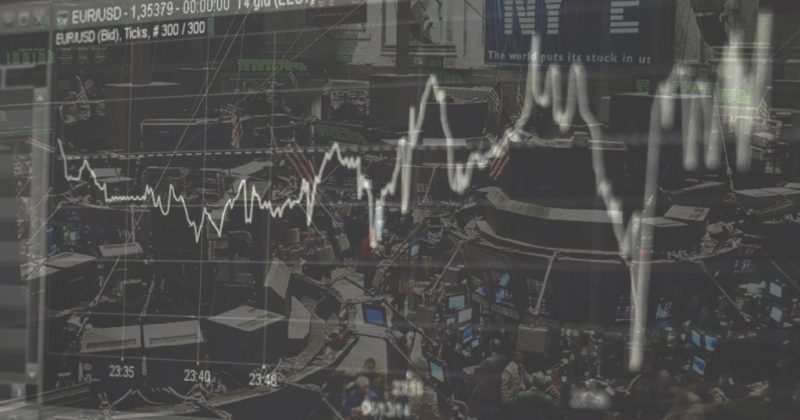From Data Overload To Action

A Challenge Of Scale
Managing an investment portfolio, and identifying the assets it should include, is a Big Data challenge. Stock exchanges publish a huge amount of data, and the right investment choice depends on being able to get an overview and interpret it correctly. This is a challenge which has, in fact, been known in financial circles for generations, but it isn't until recently that it has been feasible to solve it by technical means.
The Selected Algorithm is precisely such a solution.
A Familiar Issue
There are hundreds of exchanges in the world. The largest of them handle thousands of assets thousands of times a day, sometimes even faster. Every single trade, price change etc. on every exchange constitutes a data point, so it stands to reason that as an investor, manager or advisor it is very easy to lose one's overview. There is just too much data and it moves too fast to keep up. This is true even for a single larger exchange, and is obviously only exacerbated when trading across multiple exchanges.
A task requiring muscle
Until fairly recently, data quantities in the Big Data category were too much for our computers, too. Even the fastest machines simply could not keep up and deliver usable analyses fast enough to match the required pace of decision.
As computational speeds have increased, it has become possible to work with larger and larger data sets within useful time frames, and we have now entered the Big Data era. Today we have access to computers capable of handling data sets like those emanating from the world's exchanges.
With processing speed taken care of, only one more thing is required: The right recipe!
An effective solution
Our algorithm is such a recipe, enabling a computer to identify asset strength on the basis of all of this exchange data. It is still not a job for your laptop; we run the Selected Algorithm on Amazon's supercomputer clusters - but then it is capable of crunching the numbers fast enough to deliver information about where to find the strength in the market, right down to the individual paper.
Think of our algorithm as a machine, taking in vast amounts of data and turning them into a foundation for making your trade decisions.

